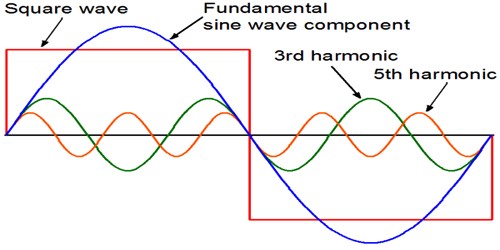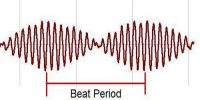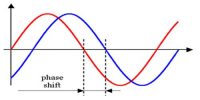Harmonics
We know, different tones exist in a music. The tone having lowest frequency in them is called fundamental tone. Other tones whose frequencies are higher than the fundamental tone are called overtones. Again, if the frequencies of the overtones become simple multiple of the fundamental tone, then those overtones are called harmonics. If the frequency of the overtone is double that of the fundamental tone then that overtone is called second harmonic ocatave. If it is three times, then it is called third harmonic and if four times it is called fourth harmonic. The fundamental tone is also called first harmonic. For examples, frequencies emitted from an organ are given below:
256, 268, 502, 512, 620, 768, 1020, 1280 Hz.
Here 256 Hz is the fundamental tone. 512 Hz is the octave of second harmonic and 768 Hz and 1280 Hz are respectively their multiple harmonic. Frequencies other than 256 Hz are called overtones. If a sound is produced by pulling the string of a violin it is called music. This is because that there exists a mixture of more than one frequency. Frequency of the last musical scale ‘sha’ is double than the first musical scales ‘she, hence last tone is called the octave of the first ‘sha’.
From the above discussion we can say, “all harmonics are overtones, but all overtones are not harmonics.” What does it mean? Music is composed of tones of different frequencies. Lowest frequency of the music is called the fundamental tone and all other frequencies are overtones. Among the overtones, those tones which are simple multiple of fundamental tone is called harmonic. So, harmonics are part of overtones. That is why it is said that all harmonics are overtones, but all overtones are not harmonics.
















